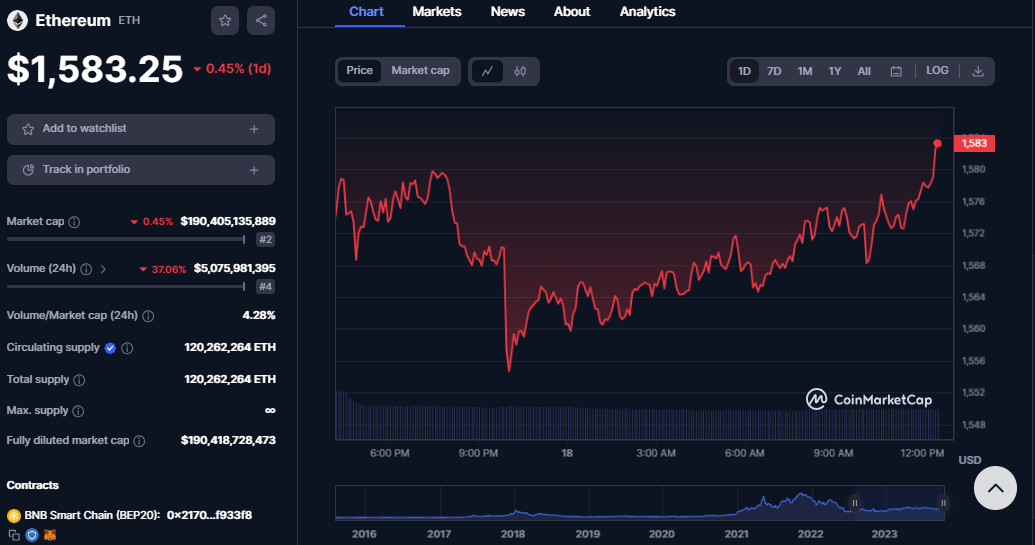Decentralized Finance (DeFi) projects became the hottest topic in cryptocurrency in 2020, and any new project with similar narratives easily captured market attention. These days, despite the decrease in popularity, there are still tens of billions of dollars worth of crypto assets flowing in various DeFi products, and the data is still growing every day. So what exactly is DeFi lending?

What is DeFi Lending

In the traditional financial system, users need to have a bank account to complete identity verification and enjoy financial services. If it involves lending, they will also need to provide a lot of personal and collateral information for review, which is a very cumbersome process.
In DeFi decentralized financial services, anyone who can provide collateral can complete a loan directly without disclosing information to a third party. Borrowers receive loans and pay interest by pledging their crypto assets, and lenders earn interest by depositing the assets on the platform.
The core of Decentralized lending is to complete the lending relationship through a smart contract, which means that all the lending conditions are written into the smart contract beforehand, and once the conditions are met, the lending relationship between the two parties to the contract will be executed automatically without the need for third-party maintenance or management.
Decentralized lending breaks down the heavy barriers of entry in traditional finance, increasing the utilization of crypto assets on one hand, and enabling more users to generate passive income by holding cryptocurrencies as well on the other – which is the main reason why DeFi has grown explosively and driven the crypto world in recent years.
The DeFi lending model
The main types of lending currently available in DeFi can be divided into the following three categories:
- Peer-to-peer mode
The borrower and the lender list on the platform, and the platform plays the role of aggregation. Meanwhile, the liquidation process is automatically executed by the platform side when the borrower is unable to repay the loan on time. Platforms such as dYdX and dharma provide such services. The peer-to-peer model requires aggregation, which is relatively inefficient.
- Stablecoin Model
The most famous platform for this model is MakerDAO on ETH, where users can deposit ETH and lend a stablecoin DAI pegged to the US dollar. The platform requires the ratio of pledged assets to borrowed funds to be maintained at 150% or more.
One of the features of MakerDAO is that how much interest it pays is decided by a joint vote of MKR holders. Because of this, its volatility is high, fluctuating from 2.5% to 19.5% in little over a month.
- Liquidity pool trading model
This is currently the most mainstream DeFi lending model in the market, and the two leading platforms, Compound, and Aave, both use this model.
Liquid pool trading is more like the traditional bank lending method where users can deposit and withdraw as they like, gathering lenders’ funds in the form of liquid pools. As long as there are enough funds in the pool, borrowers can lend at any time, and the system sets the interest rate through an algorithm to balance supply and demand.
Compound
The Compound platform allows any user to deposit assets into the platform’s liquidity pool, and the design of its proof-of-interest token mechanism has since been widely used by the industry. When users provide assets, they receive cToken from the Compound platform as proof of interest. cToken has an exchange rate determined by the interest on the assets and will increase in value over time, and depositing users can automatically earn interest simply by holding the cToken.
Aave
Aave is also a pool-based lending agreement platform that allows users to deposit assets at any time to earn interest or lend another asset. In addition, Aave pioneered an unsecured lending product – “flash loans”.

Flash loans can be made without providing any asset collateral, provided that the borrowing and repayment of interest payment operations must be completed within one block of ETH (15 seconds), and if not completed, the smart contract will undo all previous operations to ensure overall agreement and asset security.

Security issues with DeFi lending
With the introduction of several models above, we have a basic understanding of decentralized financial products. But, have you ever wondered how such an uncensored and efficient way to move money in DeFi ensures the safety of lenders and platform assets?
Since the credit metrics found in traditional finance do not exist in DeFi, the core of all mainstream platforms today is over-collateralization with smart contracts that enforce a strict clearing process.
The risk of default can be handled to some extent by over-collateralization. For example, if 100 USDT is lent, the platform stipulates that at least 150 USDT worth of ETH is pledged. If the collateral value falls to 100 USDT, the borrower needs to deposit more collateral or the smart contract will sell the collateral to safeguard the lender’s assets, while the actual platform will be more stringent and may remind the borrower to add or partially liquidate when the collateral value falls below 120 USDT.
However, cryptocurrencies have large volatility, and the probability of a rapid flash crash is very small, but once the black swan happens, it will still have an impact on the security and trust of the DeFi platform. In addition, the theft of assets due to contract vulnerability issues on the Defi platform also happens from time to time, so while users experience the flexibility and convenience of Defi, they should also pay attention to their capital management to prevent losing their capital after earning interest.

Closing thoughts
Decentralized finance (DeFi) can complete lending relationships through smart contracts without the need for third-party review, greatly reducing the barrier to entry. The field is still moving forward with many innovative lending models emerging, such as leveraged lending, which can further improve capital utilization. It is believed that the DeFi lending market still has great potential in the future for more innovation.
Disclaimer: Trading crypto involves significant risk and can result in the loss of your invested capital. The materials are not related to the provision of advice regarding investment, tax, legal, financial, accounting, consulting, or any other related services and are not recommendations to buy, sell, or hold any asset. MEXC Learn solely provides information, but not financial advice. You should ensure that you fully understand the risk involved before investing.
Join MEXC and Get up to $10,000 Bonus!
Sign Up


